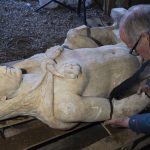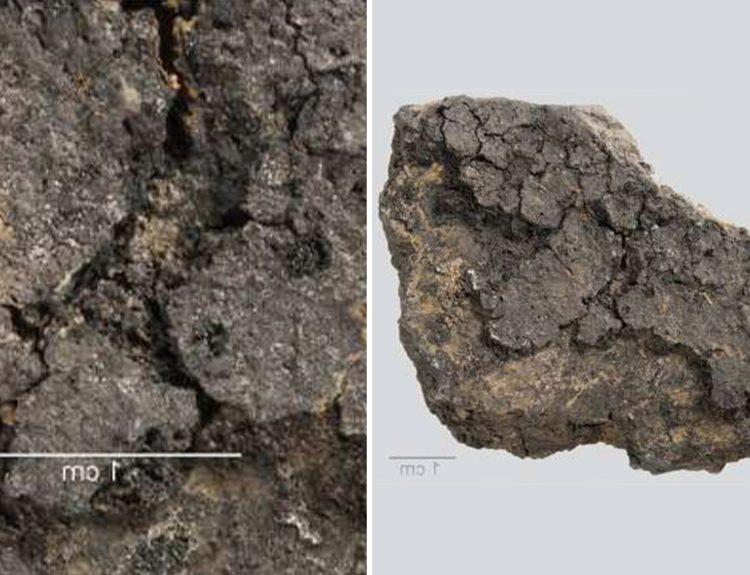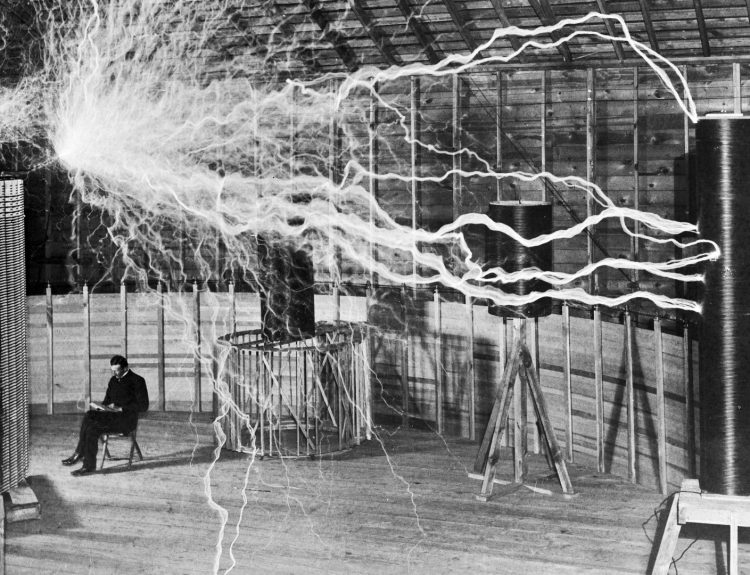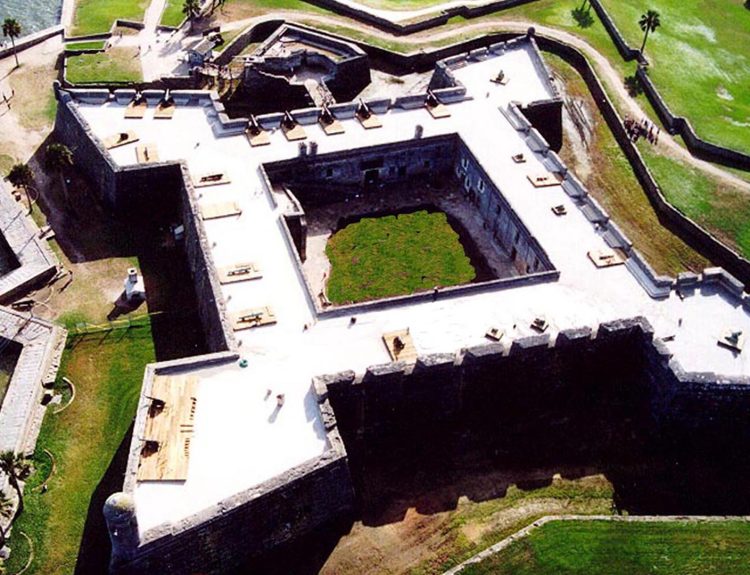A recent discovery of ancient artifacts and skeletons found in Brazil has the potential to alter the history of the region. The artifacts pre-date earlier human artifacts by thousands of years. And the find was made quite by accident.
The further down the archaeologists dug, the more they found. After four years of excavation work, the researchers are still making monumental discoveries that are pushing back the timeline of human inhabitation in Brazil.
It Was Going to Be an Apartment Complex
A land developer and construction company, MRV – one of the largest construction companies in the country – made plans to build an apartment complex in the city of Sao Luis, located on Brazil’s northeastern coast. Almost as soon as they started digging, the workers unearthed shards of pottery and human bones.
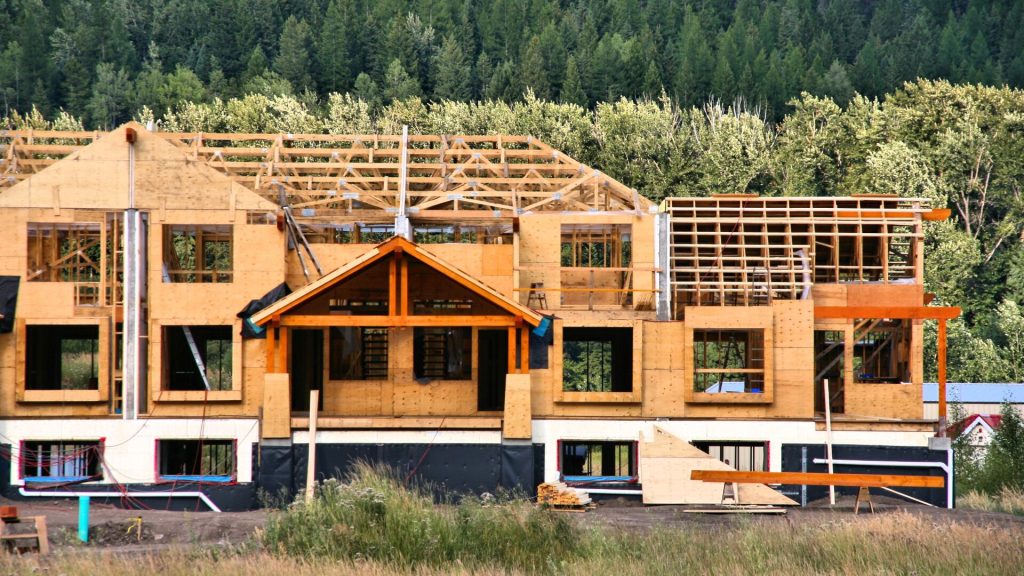
Work on the apartment building halted as the construction company contacted archaeologists to perform an impact study on the site. That was in 2019. Over the next four years, excavations at the site continued to yield important and groundbreaking discoveries.
W Lage Arqueologia Was Hired to Inspect the Site
MRV hired W Lage Arqueologia, owned and operated by archaeologist Wellington Lage, to inspect the construction site. As Lage later stated, he had no clue that this seemingly routine job would lead to discoveries that could rewrite Brazilian history.

During the impact survey, Lage and his team discovered ancient stone tools and human remains that were thousands of years old. The project quickly shifted from a business formality to an ongoing archaeological excavation.
Other Artifacts Were Found There in the Past
The 15-acre parcel of land adjacent to the sprawling city of Sao Luis, which is the capital of the state of Maranhao, was called Rosane’s Farm. It was named after the daughter of the late landowner. After his passing, the parcel – which was described as overgrown and covered in tropical vegetation – was sold to the land developer.
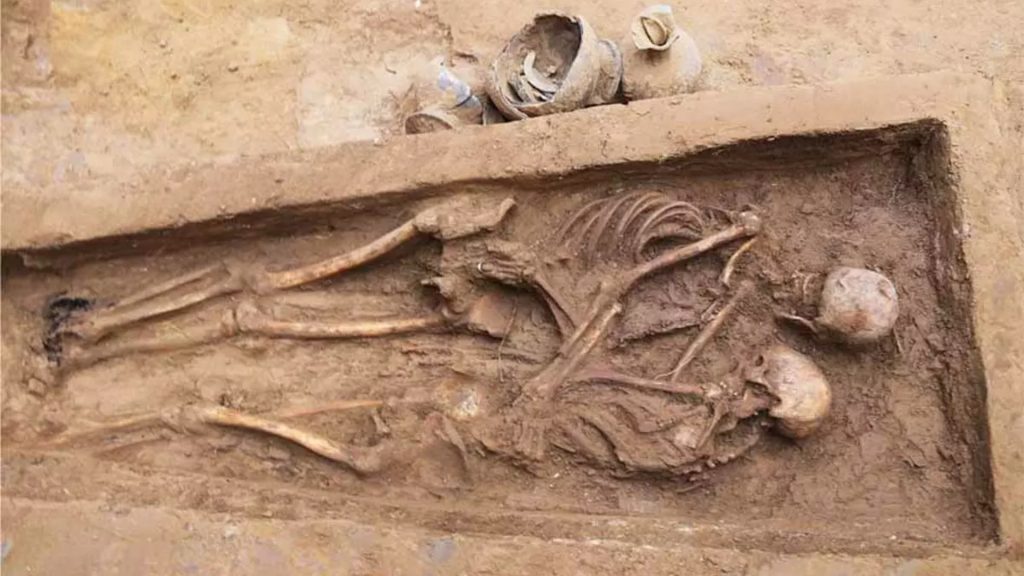
However, when Wellington Lage began to research the history of the parcel, he found out that interesting artifacts have been found there in the recent past. Since the 1970s, pieces of well-worn pottery have popped up through the soil. In 1991, part of a human jawbone was found.
A “Grandiose” Discovery
Lage and his team also found broken pottery and human remains at the site, but that was just the tip of the iceberg. They also unearthed stone tools, decorated shells, and man made earthen mounds. To date, archaeologists have found 43 human skeletons and more than 100,000 artifacts.
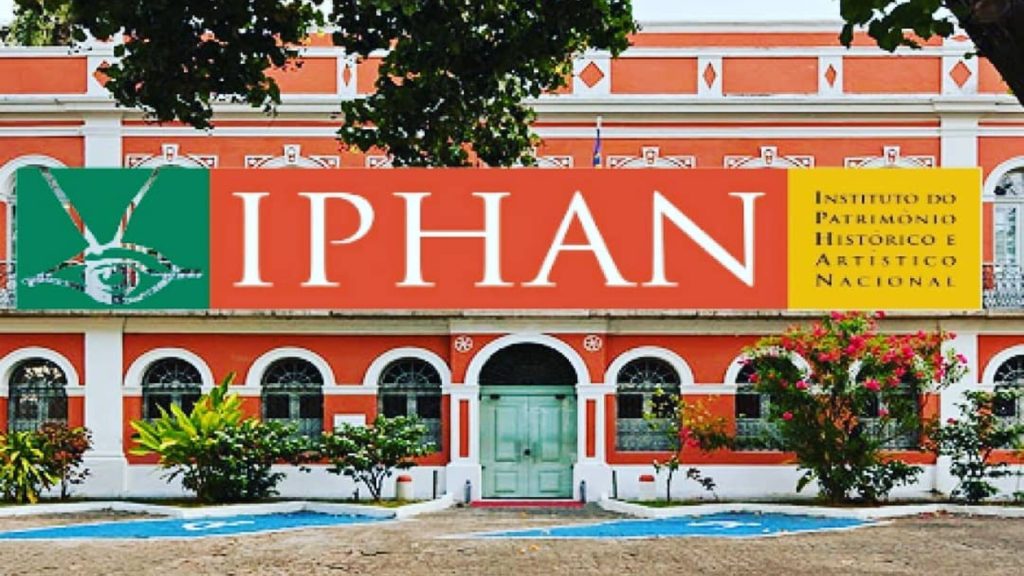
When Brazil’s Institute for National Historic and Artistic Heritage, or IPHAN, officially announced the discovery just a few weeks ago, they referred to it as a “grandiose” find.
Layers of Artifacts
To conduct an archaeological excavation of this magnitude, Lage had to call in more researchers. He now leads a team of 27 people working at the site. In addition to archaeologists, he has brought in chemists, a historian, and a documentary filmmaker.

One of the most surprising aspects of the site is that it has revealed layers of human occupation, each representing a distinctively different era. There are thousands of years of Brazilian history between the upper-most layer and the deepest one.
The Tupinamba People
According to Lage, the top layer of artifacts was left behind by the Tupinamba people. This was an umbrella term applied to various groups of indigenous South Americans who lived along the east coast of present-day Brazil and who all spoke a dialect of the Tupian language.
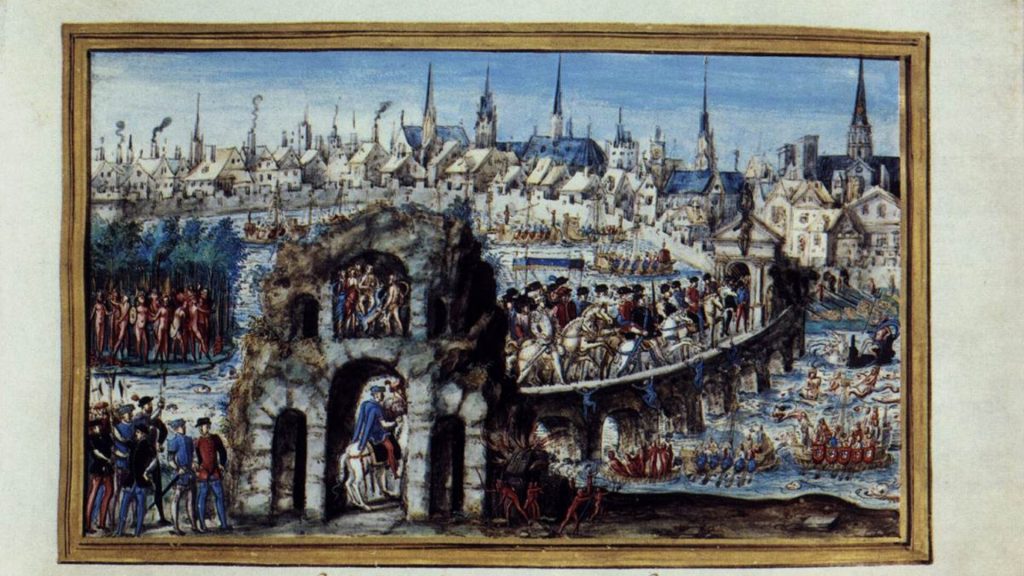
Although the Tupinamba people still occupied the area in 1612 when the first European colonists settled Sao Luis, little is known about their societal organization. What we do know is that the Tupinamba people engaged in ongoing warfare, that they supplemented their corn and cassava crops with ocean fish, and that – at least according to legends – were cannibals.
People of the Amazon Rainforest
Below the artifacts linked to the Tupinamba people, Lage and his team unearthed a layer of items associated with the indigenous people of the Amazon rainforest. One particular feature that the archaeology team discovered was a “sambaqui.”
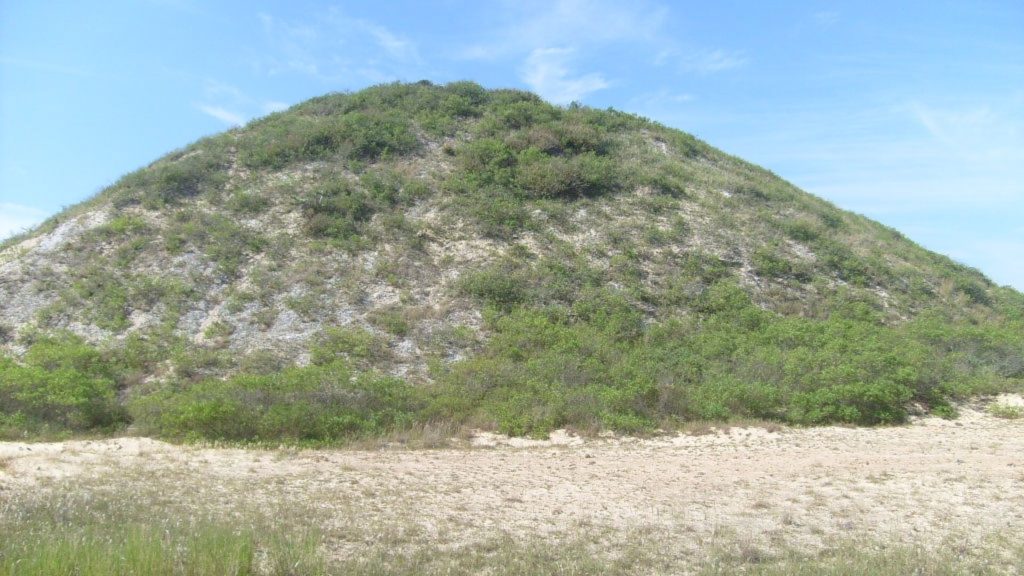
A sambaqui is a large mound made of seashells and fishbones. For the ancient tribes of the Amazon, sambaquis were foundational structures. They could serve as burial mounds, mark territorial boundaries, or to form houses.
The Oldest and Most Exciting Layer of the Dig
According to Lage, the oldest layer found at the site is the most exciting and astonishing one of all. It lies about six and a half feet below the surface. In this layer, archaeologists have found shards of rudimentary pottery and ceramics that were left behind between 8,000 and 9,000 years ago.
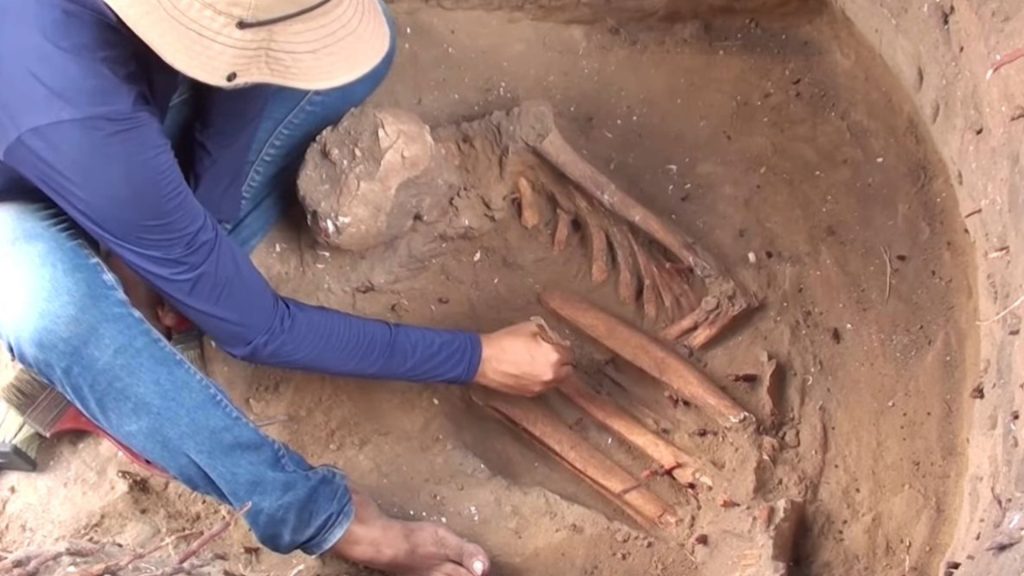
The age of this layer was determined based on the depth of it, as well as the sediments around the artifacts. The date range is significant because it represents the oldest known “pre-sambaqui” settlement to be discovered in the region. The previous oldest documented site dates to 6,600 years ago.
A History-Changing Find
The scientific community is taking notice of this incredible find. Lage explained, “This could completely change the history of not just the region but all of Brazil.” How and when humans began to inhabit South America has long been the subject of debate among scholars.
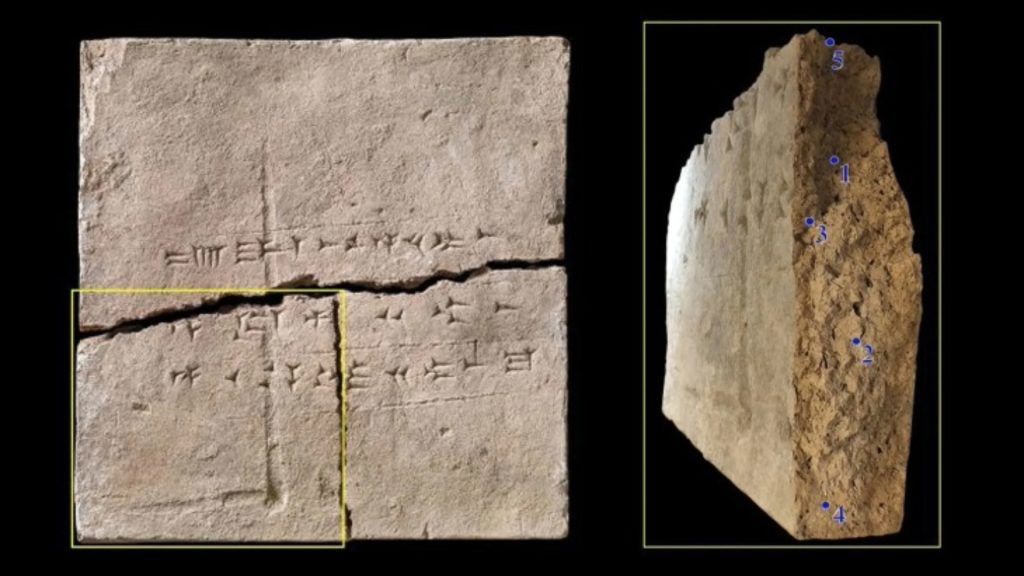
The widely held assumption is that humans crossed the Bering Land bridge into North America from Asia and then spread into Central and Southern America. The artifacts found by Lage and his team put ancient humans in Brazil at least 1,400 years earlier than initially thought.
Adding to the Understanding
According to a release from IPHAN, “The discovery … highlights the importance of archaeology in preserving the memory and history of Brazil, offering valuable insights into our ancestry and contributing significantly to the understanding of our origins and identity as a nation.”

“These finds … play a crucial role in narrating our long history,” added Arkley Bandeira, an archaeologist with the Federal University of Maranhao. The university is building a dedicated museum to house the artifacts found by Lage and his team.
The Potential for More Finds
The archaeological excavation at the site is still going on. That means there is a potential for more significant discoveries and even older artifacts to be discovered.

Beyond the excavation itself, there is a tremendous amount of work to be done to catalog all the artifacts, preserve them, and examine them. While plans are underway to date the items using isotopic analysis, the team is confident in the accuracy of their date range.
After Four Years, the Dig Has “Barely Scratched the Surface”
As Lage noted, “We’ve been working for four years now, and we’ve barely scratched the surface.” He is hopeful that the team will continue to unearth artifacts that will support the new timeline of human inhabitation.
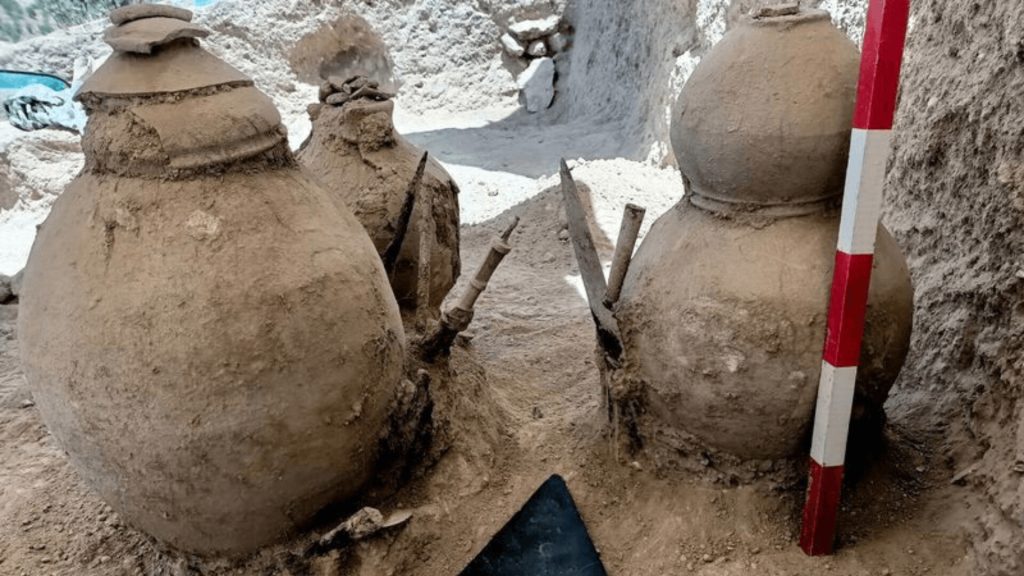
In the statement released by IPHAN, the organization added, “The excavations continue, indicating the potential for new discoveries.” It went on to say that the archaeological site “represents a landmark in our understanding of prehistoric Brazil.”



